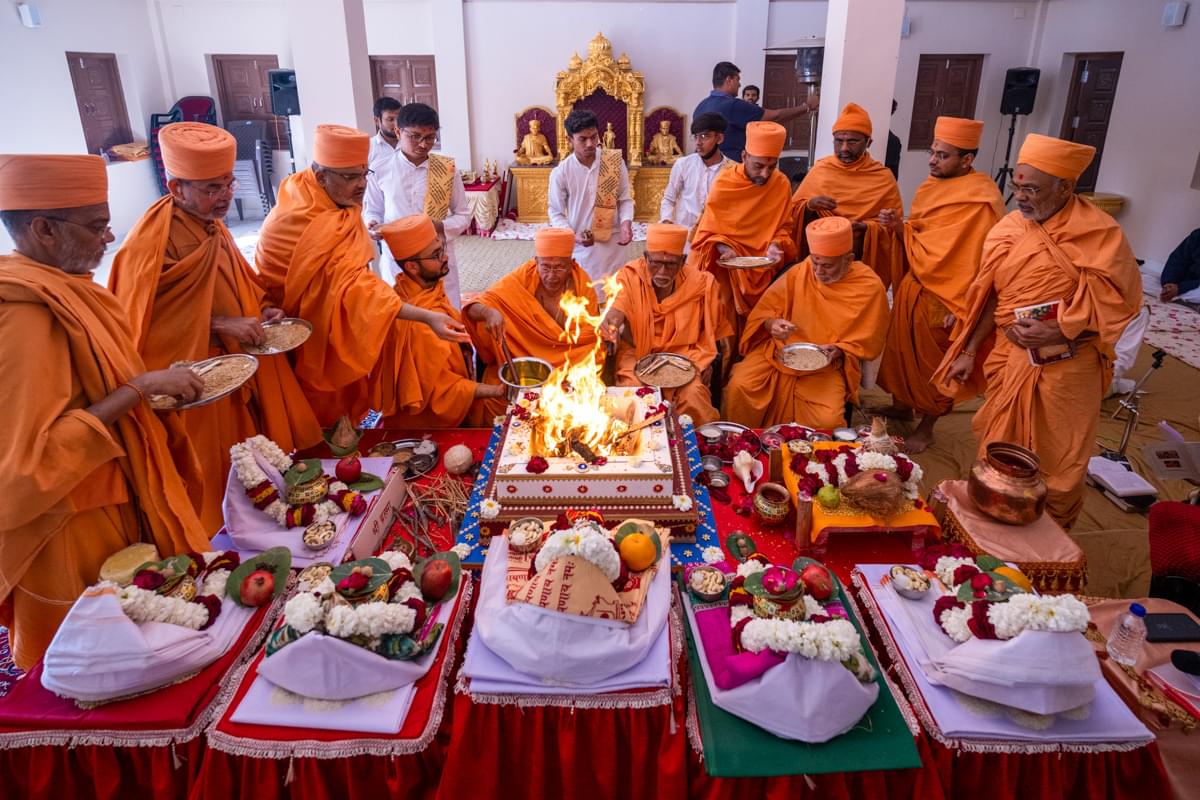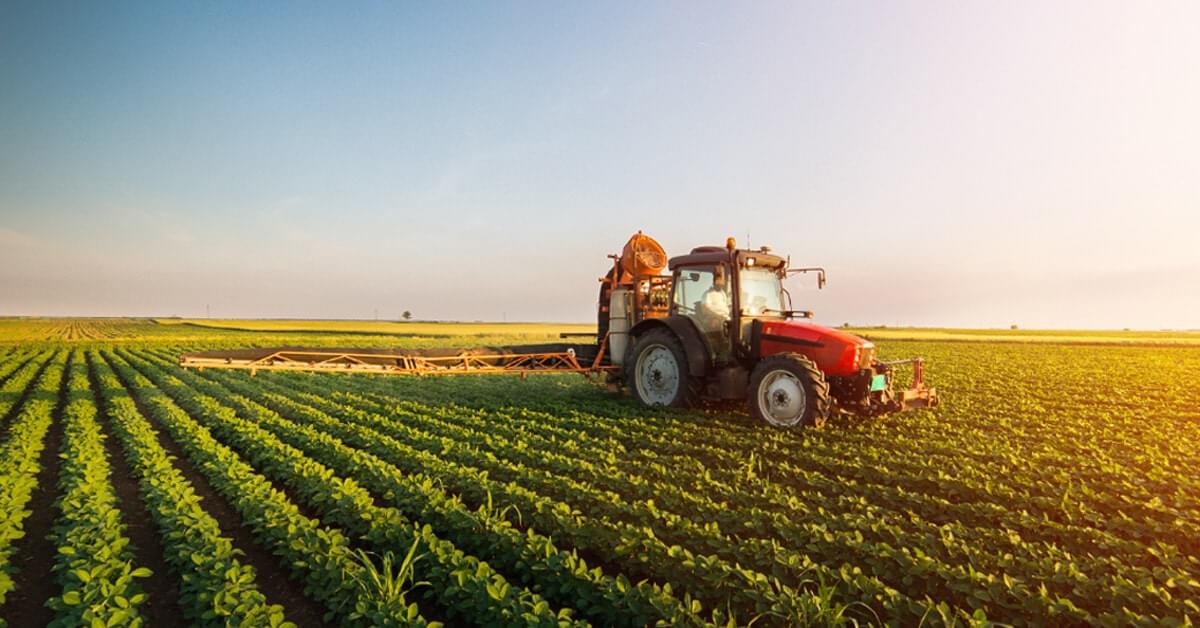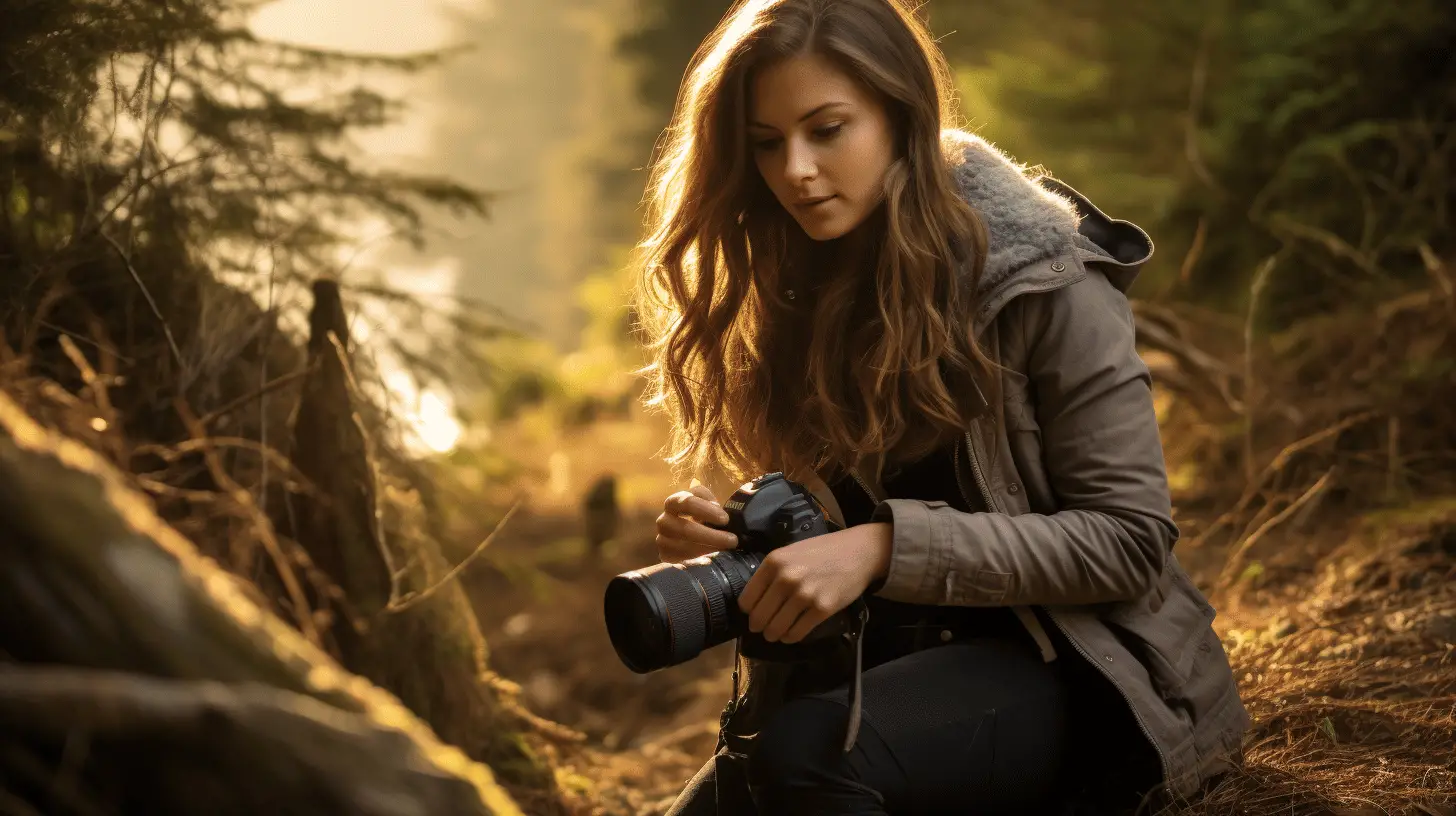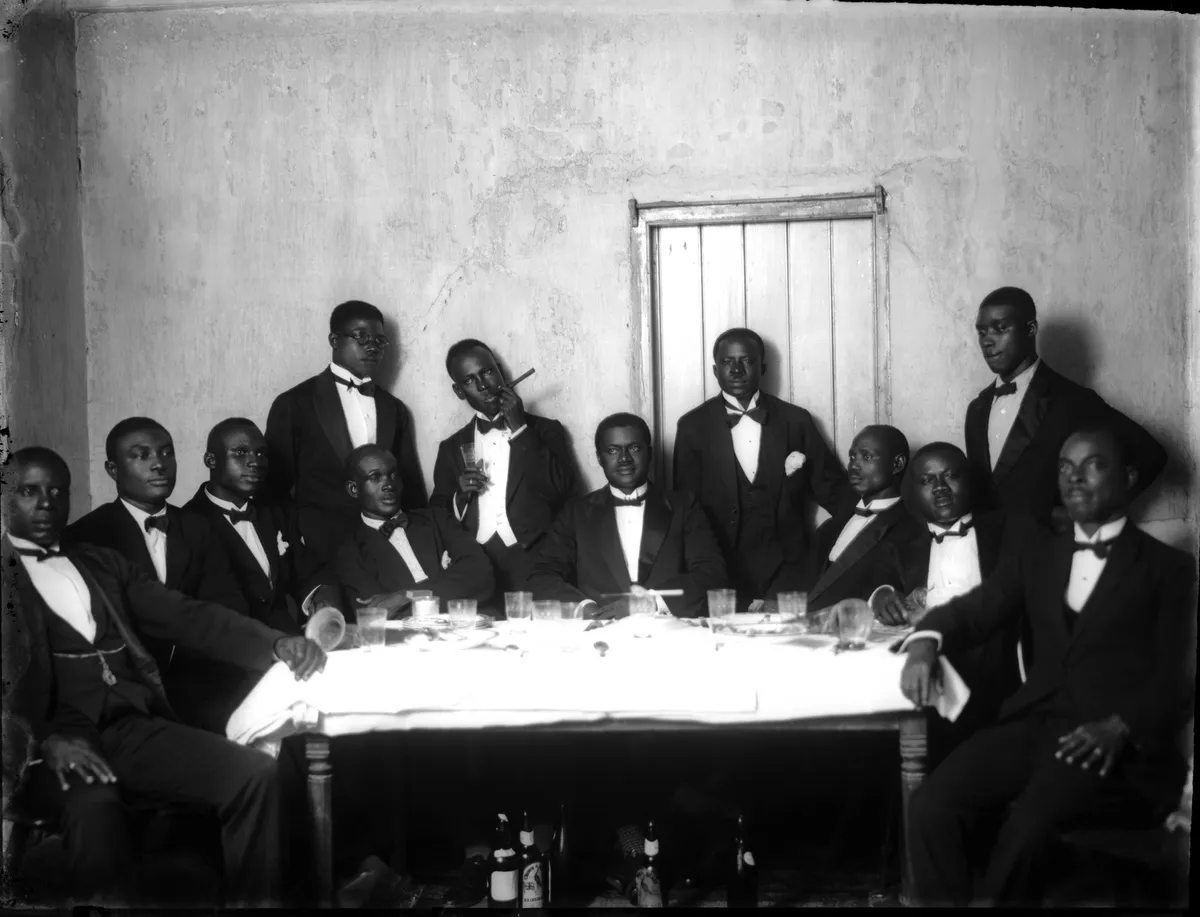Christmas, Hanukkah, and Kwanzaa, among others, take over our thoughts and wallets each December as we participate in ceremonies our forefathers have practiced for as long as we can remember. All of these are examples of traditions. And, in most cases, rituals accompany traditions.
What’s the distinction?
A “tradition” is defined as the transmission of customs and beliefs from one generation to the next in scientific terms. A “ritual,” on the other hand, is a set of actions performed in a specific order that is frequently embedded in a larger symbolic system, such as religion or philosophy.
While it is customary to celebrate birthdays, blowing out the candles on a cake is a ritual. Similarly, while marriage is a custom, exchanging vows is a ritual.
At any time, new rituals can be created. They only need to be understood and replicated by a larger community to become tradition.
Humans practice rituals in a variety of ways, some of which have become so ingrained in our daily lives that we no longer notice them. The precise manner in which someone prepares their tea or coffee in the morning is a daily ritual.
Rituals are basically everywhere. That begs the question of why we have them at all.
Archaeological evidence for the earliest rituals
Human ritual behavior has very deep roots. However, tracking these origins and evolution is difficult because rituals frequently leave little or no physical traces for archaeologists to find.
So far, the deliberate burial of loved ones has provided the best evidence for ancient rituals. The oldest example is found on Mt Carmel in Israel, where a Neanderthal woman was buried by her community 130,000 years ago.
Archaeologists believe that the extensive use of colored pigments (particularly bright red) to paint bodies, objects, and rock walls indicates the practice of “symbolic” behavior, such as ritual. The oldest reliable evidence for colorant use comes from several archaeological sites in southern Africa and dates back between 500,000 and 310,000 years.
Musical instruments are another type of evidence that is frequently intrinsically linked to rituals and traditions. Bone flutes dating back 42,000 years have been discovered in Western Europe. It is unknown how long people have used the very first instruments – the human voice, clapping hands, and stomping feet.
Why do we have rituals?
Rituals are extremely important in human communities for a variety of reasons.
For starters, rituals can help reduce individual and collective anxiety, especially when we, our families, or our entire community is facing uncertain times or a crisis.
According to research, when we pray or sing together, we feel more connected and supported, and our anxiety decreases. This could explain why Parisians were moved to sing together as their beloved Notre Dame Cathedral burned down in 2019.
Rituals also help to reduce anxiety by providing us with a sense of control over our surroundings. For example, new parents may be concerned about protecting their child. Rituals that welcome the infant into the family and community help them feel as if they’ve done everything possible to ensure their child’s well-being, including calling on supernatural protection.
Second, rituals bring people together to celebrate or commemorate significant life events. Rituals and traditions mark births, graduations, marriages, and deaths all over the world. These gatherings provide a time and a place for people to reconnect with friends and family.
These bonds are especially important during bad luck, which helps to explain why the incentive to keep them has persisted throughout human history.
Consider what it was like to live tens of thousands of years ago, when human communities were much smaller and often lived much farther apart. If a volcano erupted, the resulting devastation could mean that plant and animal resources – critical food and materials for survival – would be unavailable for months, if not years.
You’d be forced to rely on the bonds you’d formed with neighboring communities through shared rituals. Such ties would encourage resource sharing until conditions improved.
Finally, rituals assist us in remembering and sharing vast amounts of cultural information. We can absorb information and recall it more easily if we learn a format or pattern of behavior through ritual.
This method works amazingly well for ensuring that information is passed down orally over long periods of time. The Aboriginal Gunditjmara people’s story of the Budj Bim volcano eruption, which occurred 37,000 years ago in what is now south-western Victoria, is the oldest story dated using scientific methods.
The ability to remember changes in the landscape, its plants, animals, and people increased the likelihood that your family would not only survive – but thrive.
Rituals will remain
It is unlikely that humanity would have advanced to its current level of cultural and technological development without rituals and the traditions in which they become embedded.
We wouldn’t have been able to constantly gather and share information, maintain bonds across vast geographical areas, or survive difficult times.
Despite the fact that we are surrounded by increasingly complex technologies, rituals are more important than ever. With extreme weather events and conflicts displacing people all over the world, they will serve as an important social glue that holds our communities together.




